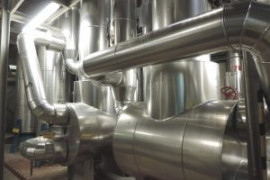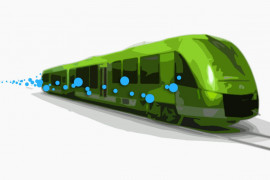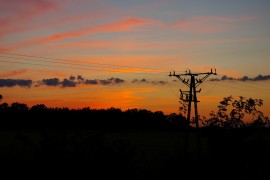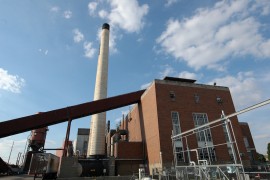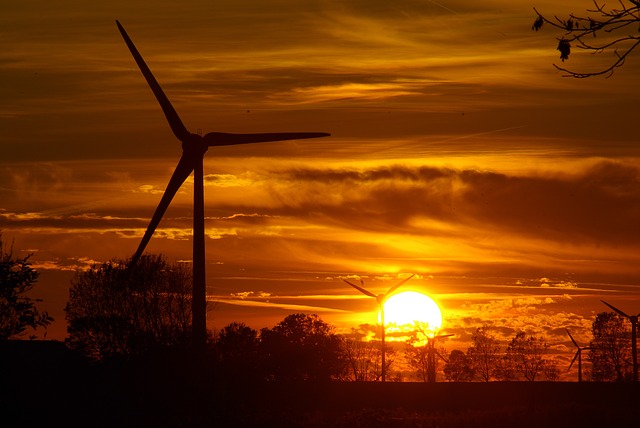
Decentralized energy production is an idea promoted by many governments across Europe and beyond, particularly through energy transition laws. How is heat produced in a decentralized way? DHC News explains the concept
What is decentralized energy production?
Decentralized energy production is a new way of conceiving the production of energy, including heat. The production is also known as distributed generation among many other terms such as distrinuted energy or on-site generation.
Decentralized production has two main features:
– It is performed on a small scale;
– Close to the final consumer.
Come to a decentralized energy production constitute a revolution in France. Indeed, we – still – the champions of centralization, including in the field of energy production. Centralised production is achieved through large installations with significant capabilities and is organized around large transport networks. Regarding electricity, the production comes to 75% by nuclear fleet consists of 58 production units, which are spread over 19 sites … only!
The advantages of decentralized energy production
The decentralized energy production currently involves mainly electricity but heat may quickly follow. This production method has several advantages:
– It helps to strengthen energy independence isolated locations.
– A production “personal” energy encourages consumers to moderation and to take more responsibility.
– It promotes a network decongestion. This one is less prone to breakdowns and bottlenecks – which were, however, less important consequences when they occur and penalize made fewer users.
– This reduces the energy dependence of the country, while leading to the creation of new jobs over time. It suffices not to build these power plants, we must also turn them!
Distributed generation may also be used for the production of heat through cogeneration plants, which would achieve better performance in primary energy consumption. Heating networks could take the opportunity to grow even more in France and – why not? – Reach the level of penetration of the Scandinavian countries, where there are cities supplied to over 90% by district heating.
A disadvantage anyway? Distributed generation is an investment: build power plants, even small sizes and reduced capacity remains expensive. A disadvantage that might not be very soon, legislative history never seemed so favorable.
A favorable legislative environment
The law on energy transition confirmed: power generation plants must be as close to consumption areas, to avoid wastage and maximum loss. This is especially true in the case of electricity, which can be difficult to store yet. The development of decentralized production in France represents a real opportunity to significantly reduce emissions of greenhouse gases.
This is particularly why the Heat Fund was set up, then doubled for 2017. It should allow to replace part of the electricity consumed for heat production by thermal renewable sources – notably in order to lighten the network. That is why it was open to new projects including biomass and waste heat, two interesting sources today for heat networks nearby!


